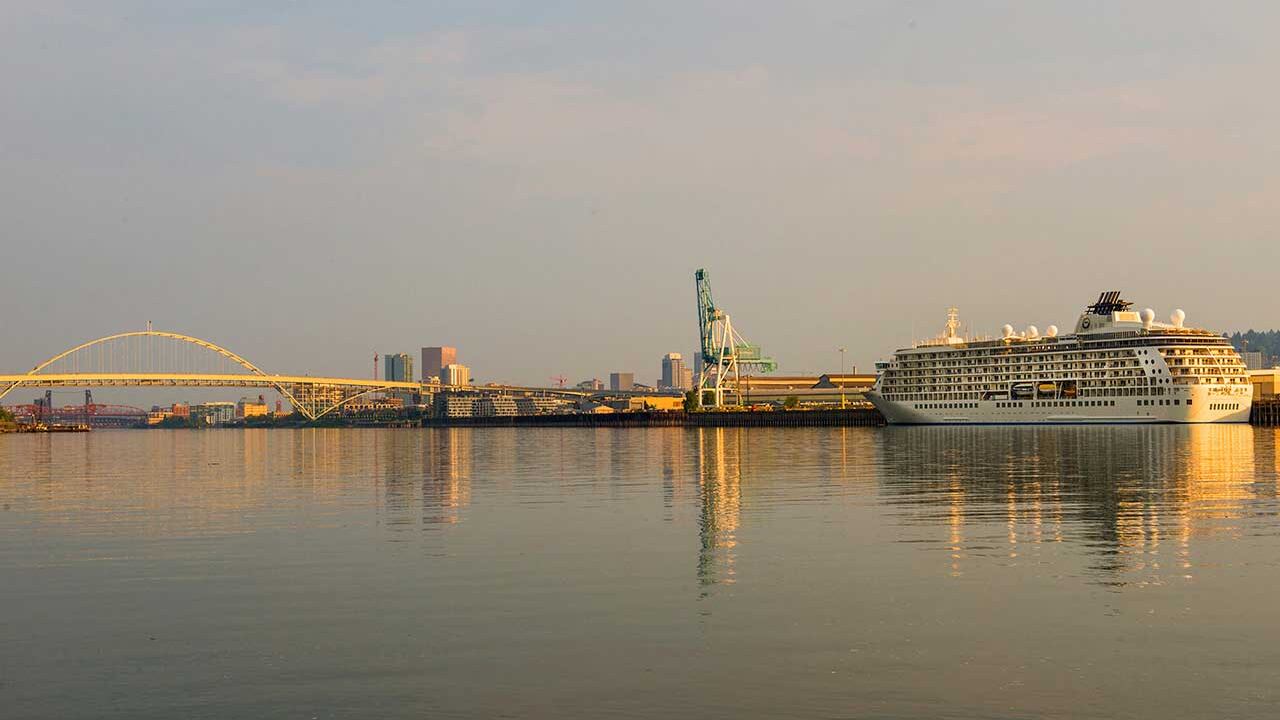Many questions remain unanswered about the Portland Diamond Project's proposal to build a Major League Baseball stadium on the Willamette River in Northwest Portland.
Does the group have any money and is there a team available? And if so, how much public money does the deal require and how would people get to the relatively remote site?
The answers to those questions will likely be some time in coming. But what we can say now is that the environmental issues associated with the site should not prevent development if the group does secure money and a team.
Terminal 2 is located in the Superfund site that the federal Environmental Protection Agency designated for clean-up in 2000. The work of removing or burying the toxic sediments on the bottom of the Willamette River, deposited there over a century of industrial activity along both banks, has been the subject of nearly two decades of study and legal wrangling.
But people involved in the Superfund process say that liability for the clean-up of Terminal 2, a little-used dock, would remain with the current owner, the Port of Portland.
In the preliminary "agreement in principle" the Portland Diamond Project announced this week, the Port would retain ownership of the dirt—and thus the Superfund liability—in the event of a deal, while the Diamond Project would lease the 53-acre upland area for development of a ballpark.
Documents gathered by the Oregon Department of Environmental Quality show that although Terminal 2 has been in industrial use since the 1800s—including serving as a launching slip for newly built ships during World War II—it has been cleaned up over time and is not currently a source of pollutants.
"DEQ determined that the Terminal 2 Site is adequately characterized and does not appear to be a current or reasonably likely future source of Willamette River water or sediment contamination," the agency wrote in a 2013 site summary.

